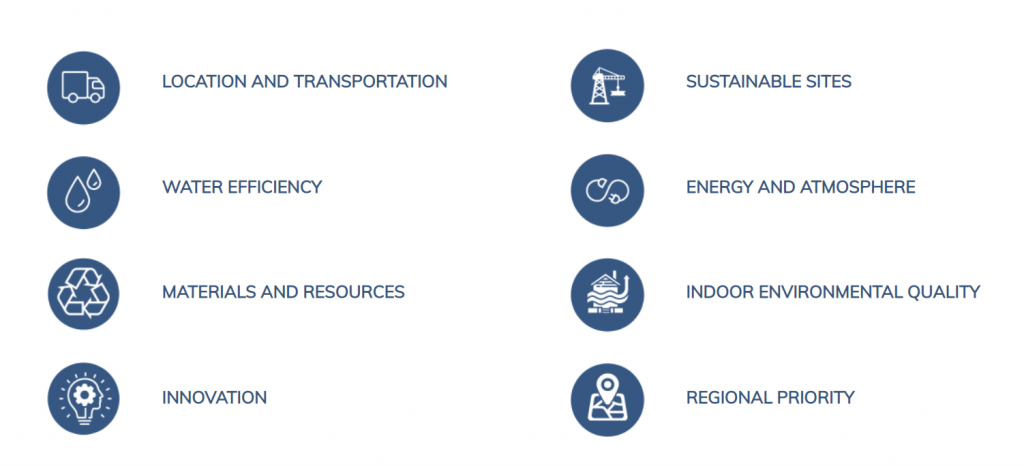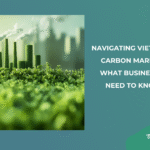TERAO ACTS AS LEED CONSULTANT, LEED CONTRACTOR, LEED AP

We provide support for LEED certification from the Feasibility and Environmental Programming phase, through Design and Construction, to Delivery and Operational Monitoring.
For TERAO, certification is a virtuous process that catalyzes, frames and guarantees the achievement of high environmental performance objectives.
However, we do not consider the standards as an end in itself but as a means, and we make sure that they are the vectors of a greater intelligence of the Projects, by privileging useful and shared environmental and technical-economic profiles and trade-offs in the service of the global objectives of our Clients.
Our expertise and experience feedback ensure that this approach brings maximum added value to your projects.
LEED was born shortly after BREEAM and shortly before HQE, in 1993, and its international deployment began in 2012 after an operational launch in the USA in 2000. LEED stands for Leadership in Energy and Environmental Design. It is a generalist multi-criteria environmental certification (like HQE and BREEAM) piloted by the USGBC, U.S. Green Building Council.
LEED V4
LEED, in its currently applicable V4.1, is structured around 8 major Sustainable Building Themes:

LEED, like BREEAM, aims to allow projects to access specific credits according to their location throughout the world, as well as credits related to innovation, beyond the requirements already identified in the standard.
LEED, like HQE and BREEAM, distinguishes between Project Management and Performance Targets. The equivalent of the “SMO”, the Operation Management System of HQE, is designated in LEED by the term “Integrative process”, the challenges of an architectural and environmental design being well identified in the Anglo-Saxon culture (where design and engineering offices integrated within architectural agencies are much more widespread than in France).
LEED offers considerable flexibility in the choice of concerns, and pragmatically integrates very high-performance aspects, particularly in terms of energy, with the obligation to carry out a Dynamic Energy Simulation (DES) according to specific and demanding specifications. All the documents are available in English only.
LEED covers the “3 pillars of sustainable development” (Economy, Society, Environment), in the same way as HQE and BREEAM, and stands out in that it offers strong guarantees of the general quality of projects through its requirements.
Finally, LEED values the presence within the project team of a LEED AP (Accredited Professional), a qualified professional who has a perfect command of the basics of the standard and the certification process: it is necessary to call on a LEED AP to bring any LEED project to a successful conclusion without any pitfalls.


![[Case Study]Boosting Productivity and Safety Through Optimized Factory Comfort](https://teraoasia.com/wp-content/uploads/2025/09/Cover-photo-150x150.png)